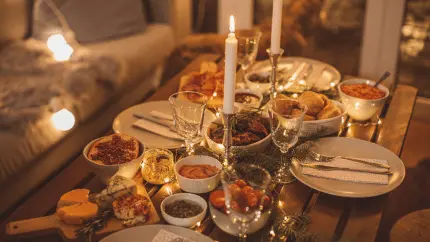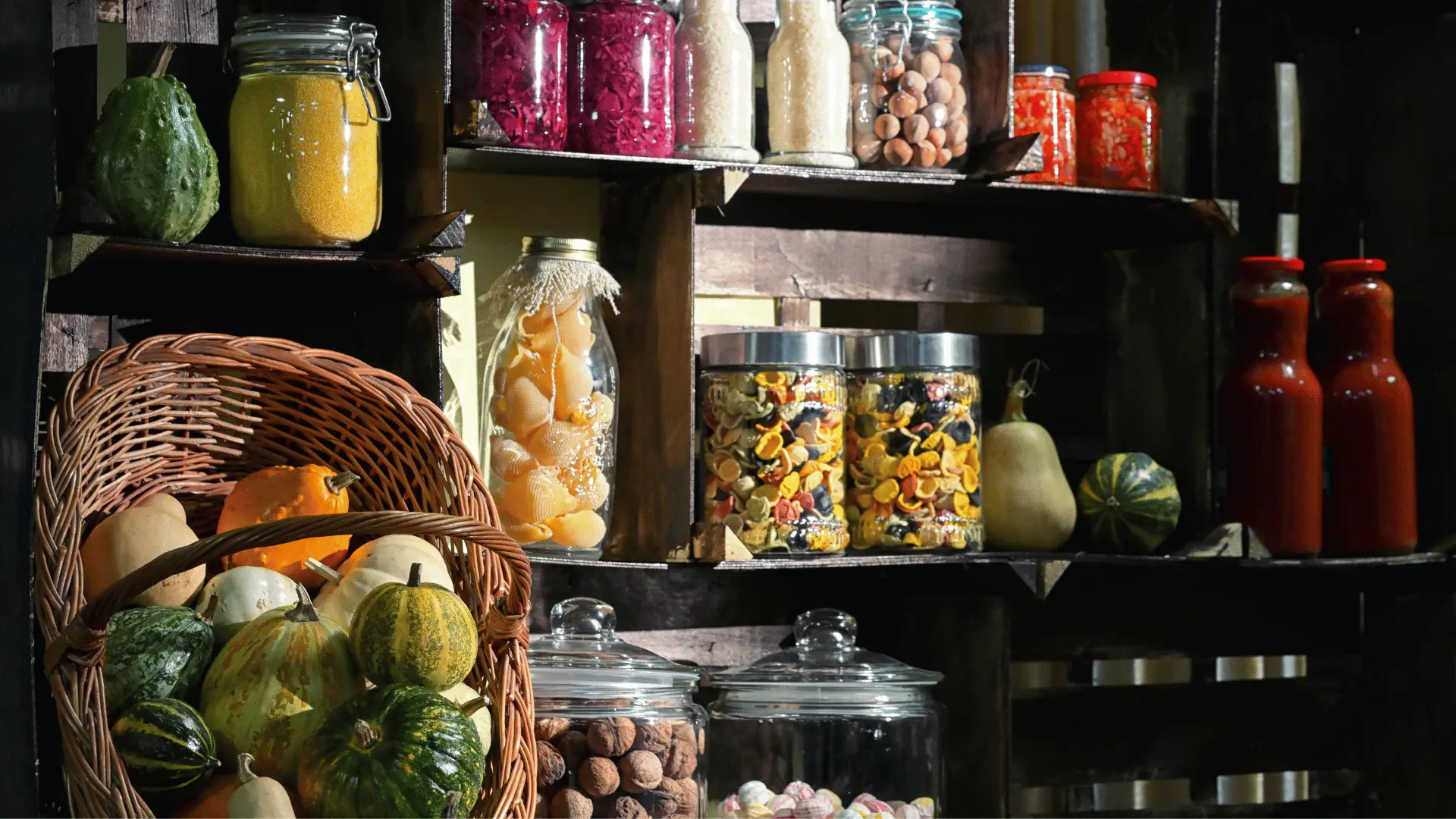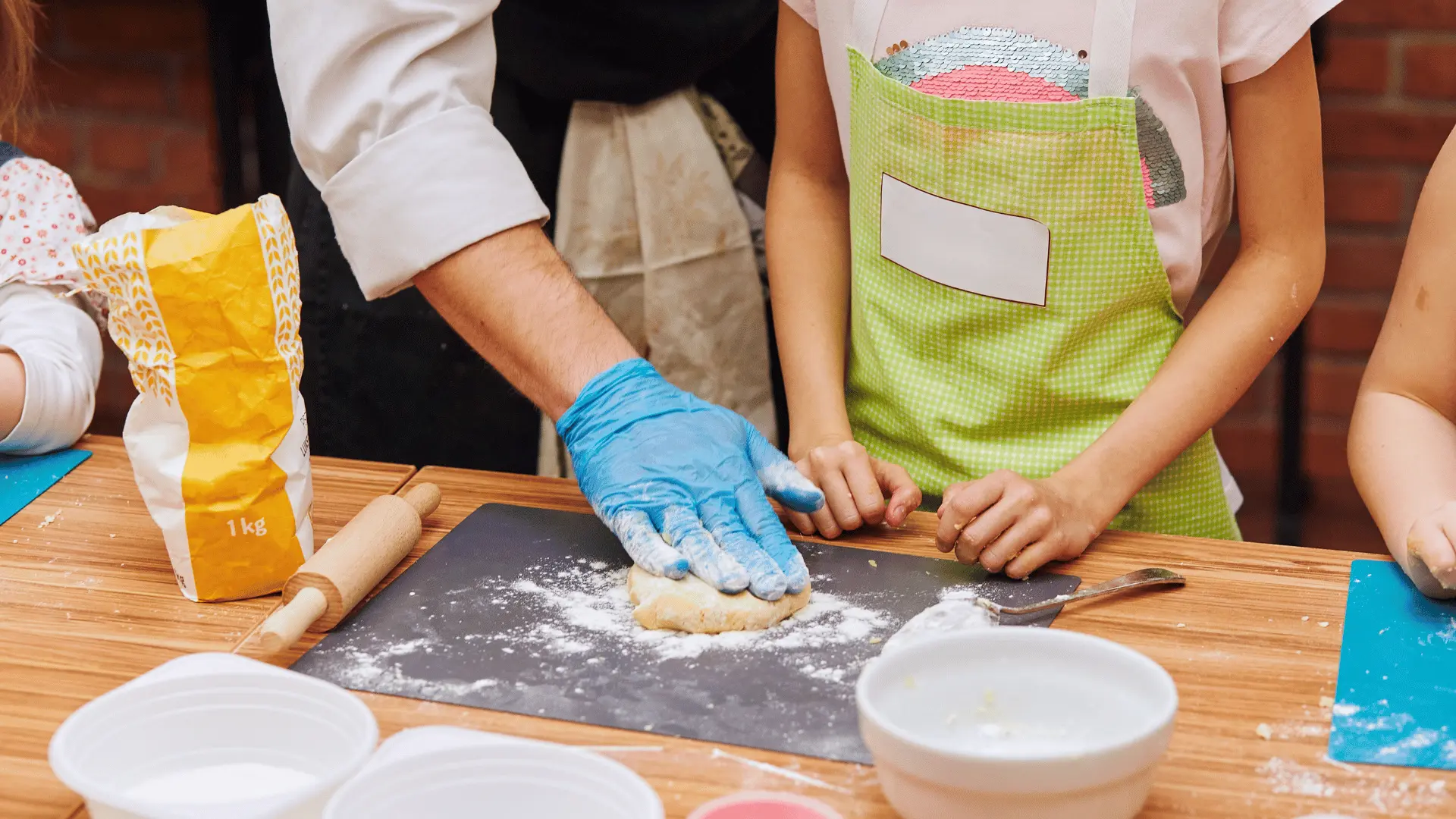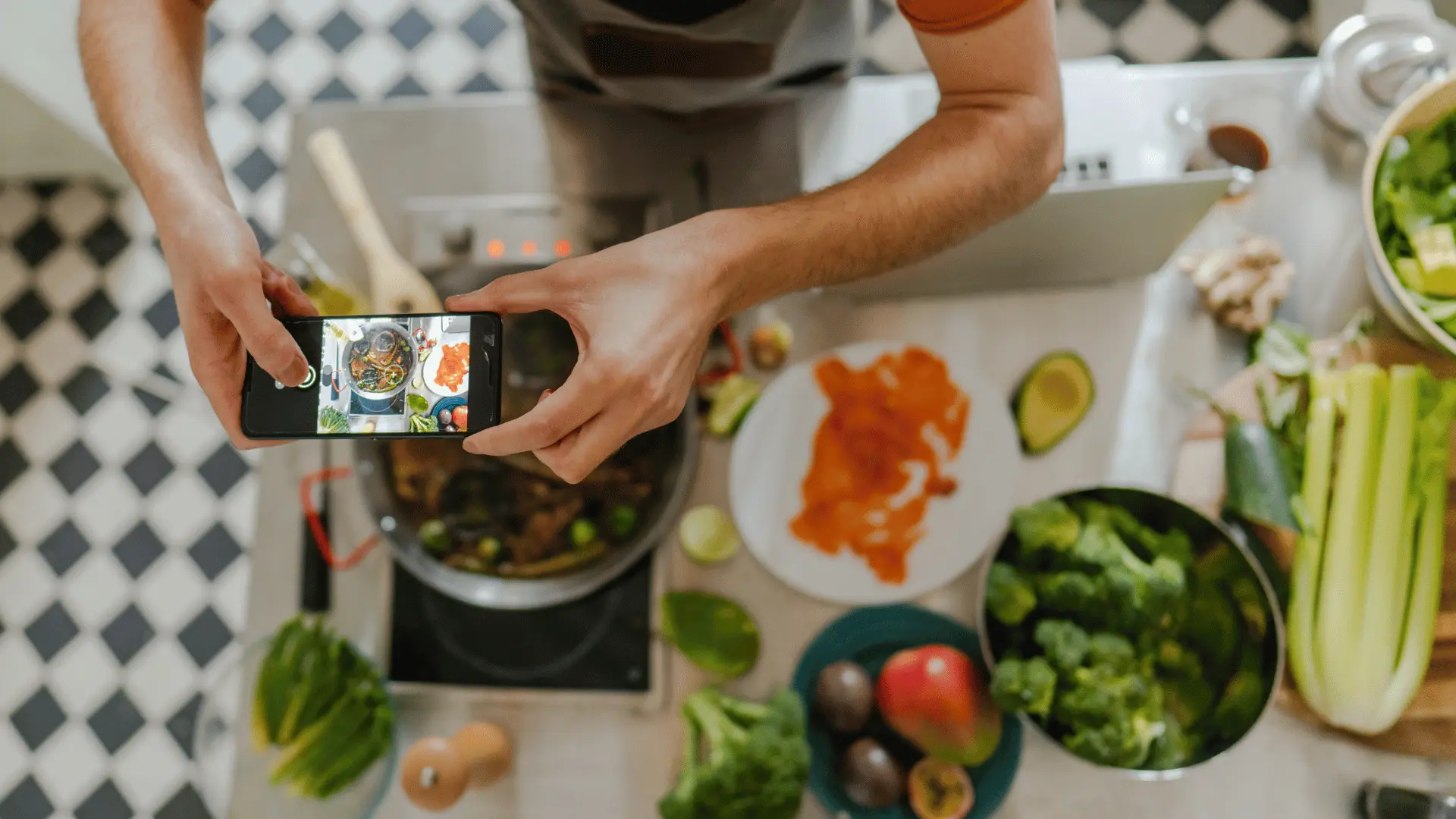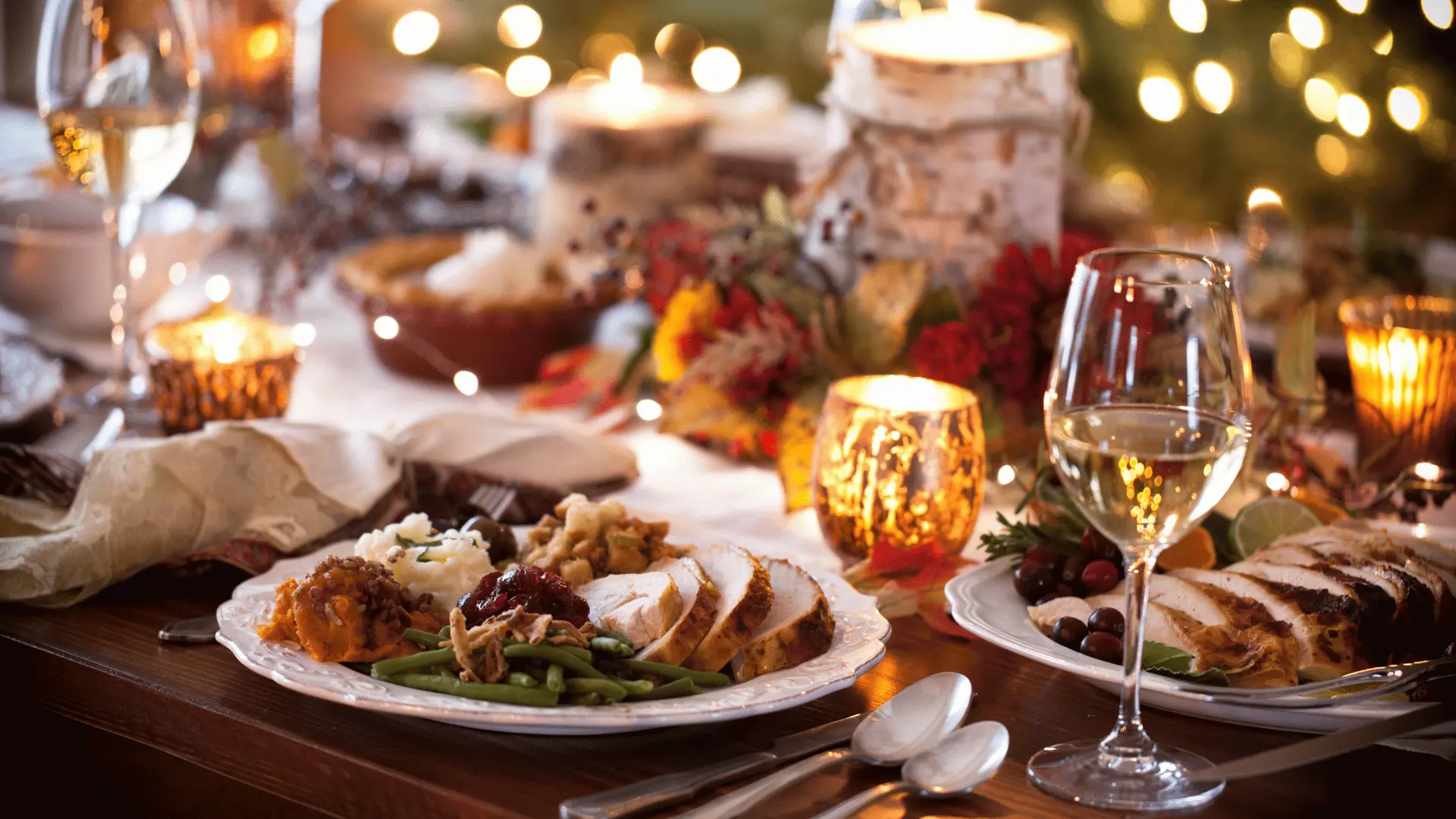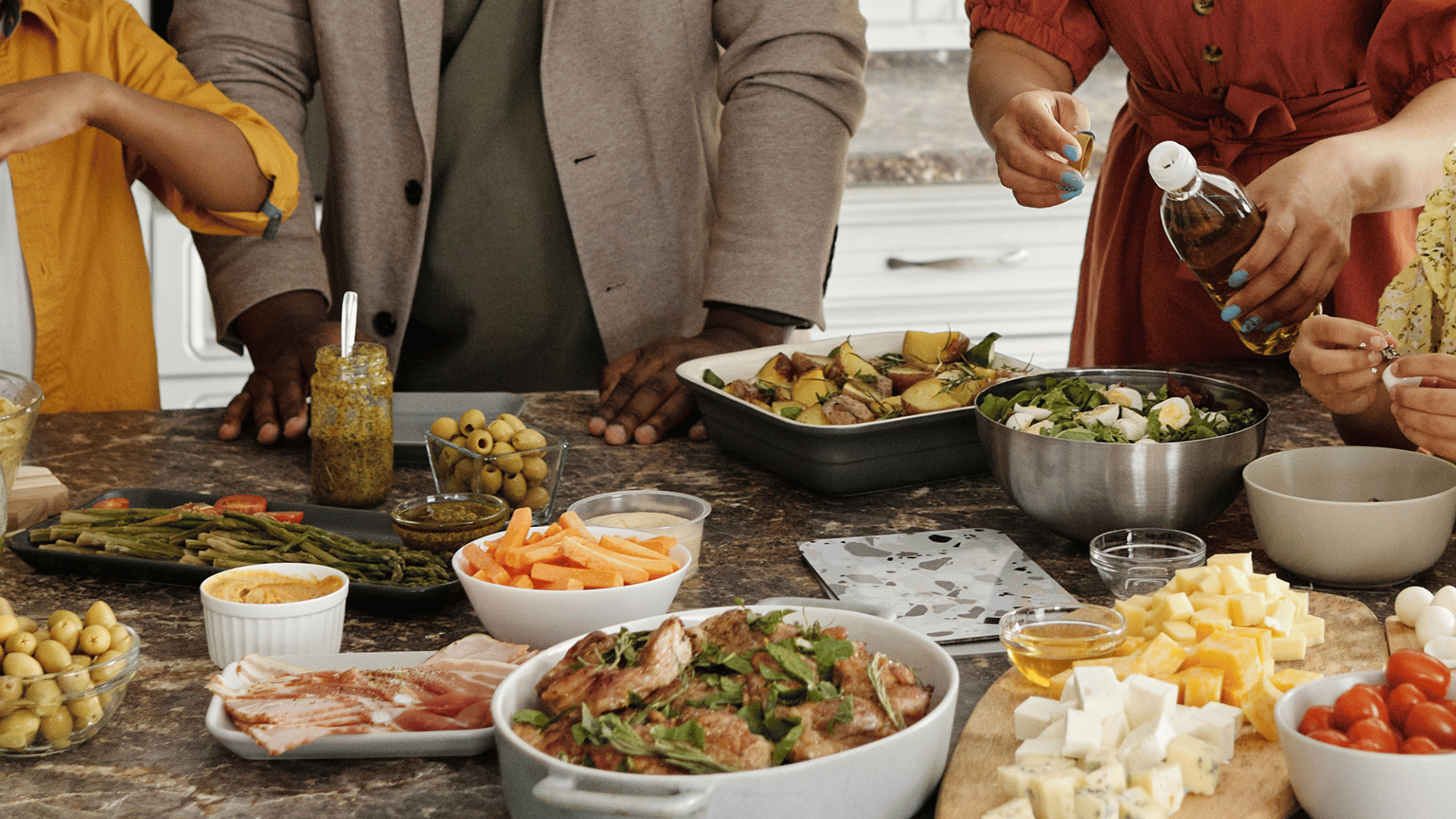
How to Interview Loved Ones About Their Recipes
Every family has its signature dishes—grandma’s pie, dad’s chili, your aunt’s casserole that disappears before anyone can get seconds. But too often, these family recipes live only in memory or on scraps of paper. Unless we ask questions and document them, they risk being lost. That’s where interviewing your loved ones comes in.
We’ve seen the magic that happens when you ask someone to talk about their recipes. Their eyes light up, their voices soften, and memories pour out. Food is more than instructions—it’s identity, tradition, and love. Interviewing loved ones about their recipes is one of the most meaningful ways to preserve both flavor and family history.
Why Interviewing Loved Ones Matters
Recipes aren’t just about ingredients and steps. They’re stories—about survival, celebration, and everyday life. Asking your loved ones to share their recipes ensures you capture:
- Technique: Many home cooks measure by instinct—“a pinch of this, a splash of that.” Interviews capture what can’t always be written down.
- Stories: Recipes often come with tales of where they came from, who first made them, or why they became family staples.
- Emotion: Talking about food often brings up laughter, nostalgia, and sometimes even tears. Those emotions are as important as the instructions.
Without interviews, you may save the recipe—but miss the heart behind it.
Preparing for the Interview
A little preparation goes a long way. Here’s how to set yourself up for success:
- Choose the right time: Pick a moment when your loved one is relaxed—maybe while cooking together or during a family gathering.
- Bring tools: Notebook, pen, or a phone for recording audio or video. Photos of handwritten cards or finished dishes can also be invaluable.
- Do your homework: Think about which recipes you want to focus on. Is it the Thanksgiving stuffing? The birthday cake that shows up every year?
Questions to Ask
The best interviews go beyond “what’s in it?” They dig into the why and the how. Here are some thoughtful questions to guide the conversation:
- “Who taught you how to make this recipe?”
- “When did you first cook it yourself?”
- “Was this recipe tied to a holiday or tradition?”
- “Have you ever changed the recipe over the years?”
- “What’s the funniest or most memorable time you made this dish?”
- “Is there a secret ingredient or step you swear by?”
- “If someone new were cooking this for the first time, what advice would you give them?”
These open-ended questions invite stories, which are often richer than the recipes themselves.
Making It Comfortable
Not everyone is used to being interviewed, especially about something they’ve always done instinctively. Create a comfortable environment:
- Cook together: Sometimes the easiest way to get answers is while stirring a pot or rolling out dough side by side.
- Keep it conversational: Treat it like a chat, not an interrogation.
- Be patient: Memories can take time to surface. Give space for pauses and tangents—they often lead to the best stories.
Capturing More Than the Recipe
Interviews are about more than ingredients. Capture the whole picture:
- Photos: Take pictures of the cook in action, the ingredients lined up, or the finished dish.
- Audio: Record their voice telling the story—it’s as precious as the recipe.
- Video: Watching someone knead bread or season a stew can reveal details that words miss.
Pairing recipes with media transforms them from instructions into heirlooms.
Respecting the Story
Sometimes recipes carry weight. They might be tied to tough times, lost loved ones, or cultural struggles. If sensitive stories come up, treat them with care. Respect what’s shared, and ask permission before making those stories public or widely shared. Part of preserving recipes is honoring the people behind them.
Turning Interviews into Heirlooms
Once you’ve gathered recipes and stories, don’t let them sit forgotten in your notebook. Turn them into living heirlooms:
- Digitize: Save recipes, photos, and recordings into a digital family cookbook using Recipe Memory.
- Organize: Group recipes by person, event, or tradition so they’re easy to find later.
- Share: Give copies to family members so everyone can access and enjoy them.
- Update: Add new stories or variations over time to keep the tradition alive.
Tips for Success
Here are a few extra tricks I’ve learned along the way:
- Bring a sample: If you make the recipe yourself first, it can spark even more conversation.
- Ask for demonstration: Sometimes “watch me” is the only way to capture those unwritten steps.
- Involve kids: Younger generations asking the questions often draws out more stories.
- Follow up: Memories are layered—your loved one may recall more details a week later. Check back in.
Why It Matters
Interviewing loved ones about their recipes is about more than cooking—it’s about connection. It shows them their food matters, their stories matter, and they matter. It creates a bridge between generations, ensuring that traditions don’t get lost but instead grow richer over time.
Because one day, someone will want to know how you made your signature dish. By learning how to interview and preserve recipes now, you ensure your family always has the answer—not just in ingredients, but in love and memory too.
Key Takeaway
Recipes are fragile unless we capture them. By interviewing loved ones, you preserve not only the dishes but also the voices, laughter, and stories behind them. Approach with curiosity, patience, and care, and use tools like Recipe Memory to save it all digitally. Because when we preserve recipes, we preserve people—and that’s the most important family tradition of all.
Love what you’re reading?
Join Recipe Memory today to save your favorite recipes, plan meals with ease, and create smart grocery lists ...all in one place.
